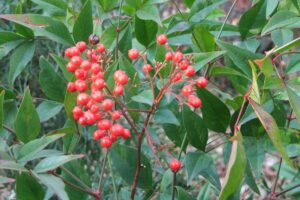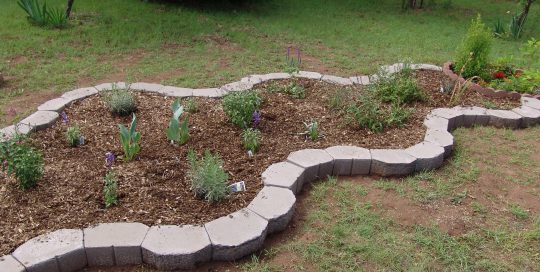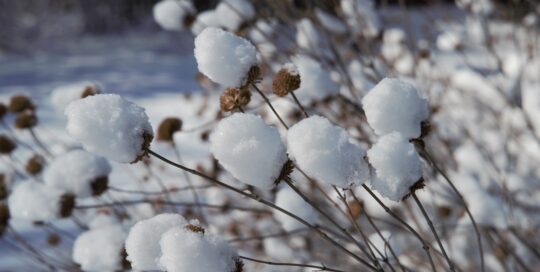Nandina Berries Are Potentially Harmful to Birds: A Warning
Views: 446

As wildlife gardeners, we work tirelessly to create attractive, safe spaces for the creatures that visit and use our landscapes. Yet, despite our best intentions, certain plant choices can inadvertently cause harm. One such example is the non-native Nandina domestica, sometimes called heavenly bamboo, which is native to Asia rather than North America. While its brilliant red berries add beauty to winter gardens, they pose a threat to our native birds, particularly cedar waxwings.
The Problem with Nandina Berries
Nandina berries contain cyanogenic glycosides, compounds that release cyanide when metabolized. These substances are potentially toxic to birds if ingested in large amounts, and can lead to severe health issues or even death. While most birds can eat a few nandina berries without visible harm, some birds may eat too many and suffer negative effects.
While the safety of Nandina berries may be debated online, per Google, three scientific studies indicate that nandina berries have poisoned birds, specifically, cedar waxwings:
- 2010 Georgia study – In 2010, veterinary pathologists reported that dozens of cedar waxwings died after consuming nandina berries in Georgia. The birds had tissue damage consistent with cyanide poisoning.
- University of Georgia study – In 2013 The College of Veterinary Medicine at the University of Georgia confirmed that five cedar waxwings died from cyanide toxicity after consuming nandina berries.
- 2020 North Carolina study – In 2020, several cedar waxwings were found dead near a nandina planting at the University of North Carolina at Chapel Hill.
Widespread Reports and Observations
In addition to scientific studies, anecdotal evidence from wildlife rehabilitators and gardeners has highlighted the dangers of Nandina berries. Reports of dead or dying birds found near Nandina shrubs have increased awareness about this issue. Wildlife groups, such as the Audubon Society, have issued warnings advising against planting Nandina in bird-friendly gardens. Why take the risk of poisoning your birds when many native alternative shrubs are available?
Why Birds Eat Nandina Berries
During winter, when food sources are scarce, birds often rely on what’s available. Nandina berries, with their bright red hue, can appear enticing, especially to species like robins, cardinals, and cedar waxwings that rely heavily on visual cues to locate food. The toxicity of the berries does not deter consumption until it is too late for the bird.
What Can Wildlife Gardeners Do?
- Avoid Planting Nandina: The simplest and most effective way to protect birds is to refrain from including Nandina in your garden. If you already have Nandina, consider replacing it with native plants that provide safe food sources for birds.
- Opt for Native Alternatives: Many native shrubs, such as winterberry (Ilex verticillata), serviceberry (Amelanchier spp.), and spicebush (Lindera benzoin), offer vibrant berries that are both visually appealing and safe for wildlife.
- Educate Others: Share information about the dangers of Nandina berries with fellow gardeners and local gardening communities. Raising awareness can help reduce the prevalence of this harmful plant in bird-friendly environments.
- Remove Nandina Berries: Remove the berries from your Nandinas before birds can eat them.
Conclusion
By eliminating toxic plants like Nandina and replacing them with safe, native alternatives, we can ensure that our gardens truly support the health and well-being of birds and other creatures. Remember, every plant we choose contributes to the safety and sustainability of our local ecosystems. Let’s make informed, bird-friendly decisions—our feathered friends depend on it.
Meet Leslie Miller
Leslie Ann Miller shares 3.5 acres in rural Oklahoma with birds, butterflies and wide variety of animals. She is currently transforming her yard with plantings…
Leslie's Recent Posts

Firescaping 101






